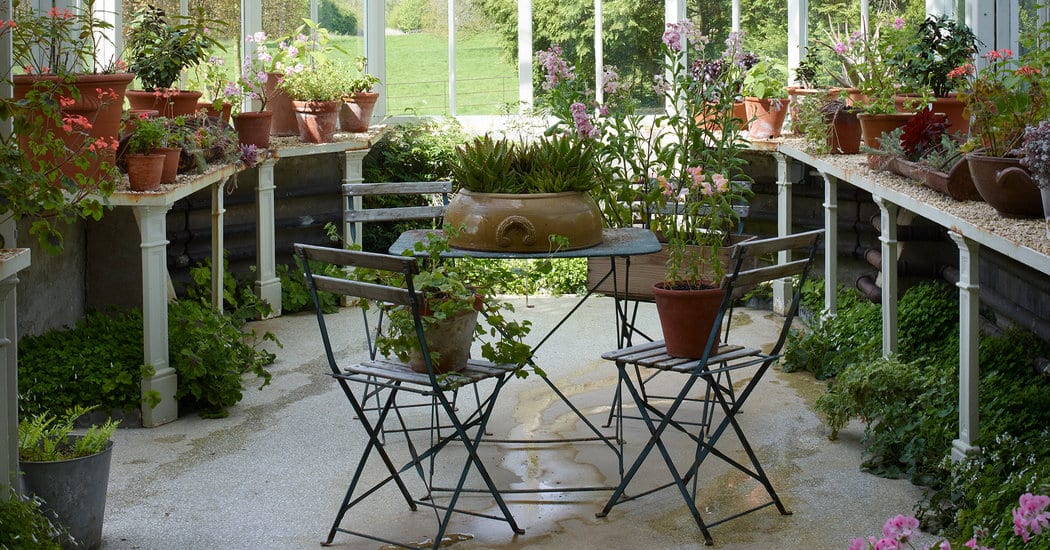Simon Upton THE FLORAL DESIGNER and organic grower Polly Nicholson understands why the tulip rarely gets its due. Despite its simple shape, it is the most freighted of blooms. That may be why the genus Tulipa, of all the flowers she grows, consumes her. Unlike the rose, which is associated with all things sweet — romantic love, a pleasant perfume — the tulip has baggage . In 17th-century Holland , it was responsible for the frenzy called tulipomania, which drove bulb prices to absurd levels and is now shorthand for ruinous economic bubbles. It is also associated with the corner deli or grocery store, where these days tulips stand as unglamorous commoners, identical bunches of primary reds and yellows shipped from stadium-size fields in the Netherlands, bound with rubber bands and jammed into green plastic buckets. What people forget, says Nicholson, as she walks along the paths of Blacklands, her 120-acre estate in Wiltshire, England, a 90-minute drive west of London, is that tulips were an aesthetic fixation long before tulipomania — and remained so long after. Starting in the early 16th century, when garden styles changed to favor mostly green landscapes, tulips, with their vast array of shapes, hues, sizes and markings — candy-cane swirls, flames of aubergine and scarlet, ivory double blooms edged in fuchsia — were the object of unparalleled desire throughout much of Europe. Whether solid-color varieties planted in borders with hyacinths and white narcissus by Louis XIV in the gardens surrounding the Grand Trianon at Versailles or the one-off, elaborately streaked sorts husbanded by members of the more than 100 tulip societies that flourished in England from the 17th to mid-19th century, tulips were long acknowledged as the most poetic and mysterious of blooms. “Consider it,” Nicholson says, as we stand in the shadow of a clipped copper beech hedge, trumpet-shaped Ivory Floradale and Doll’s Minuet, a magenta bloom streaked with green — nodding on whippetlike stems in the distance: “We can always recognize a tulip, even though they can be so different, like a lion from a tiger. No other flower is quite […]






